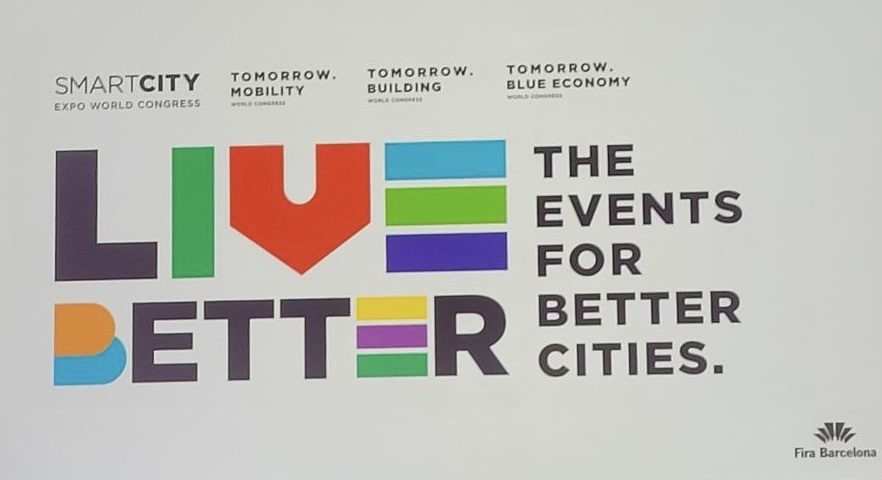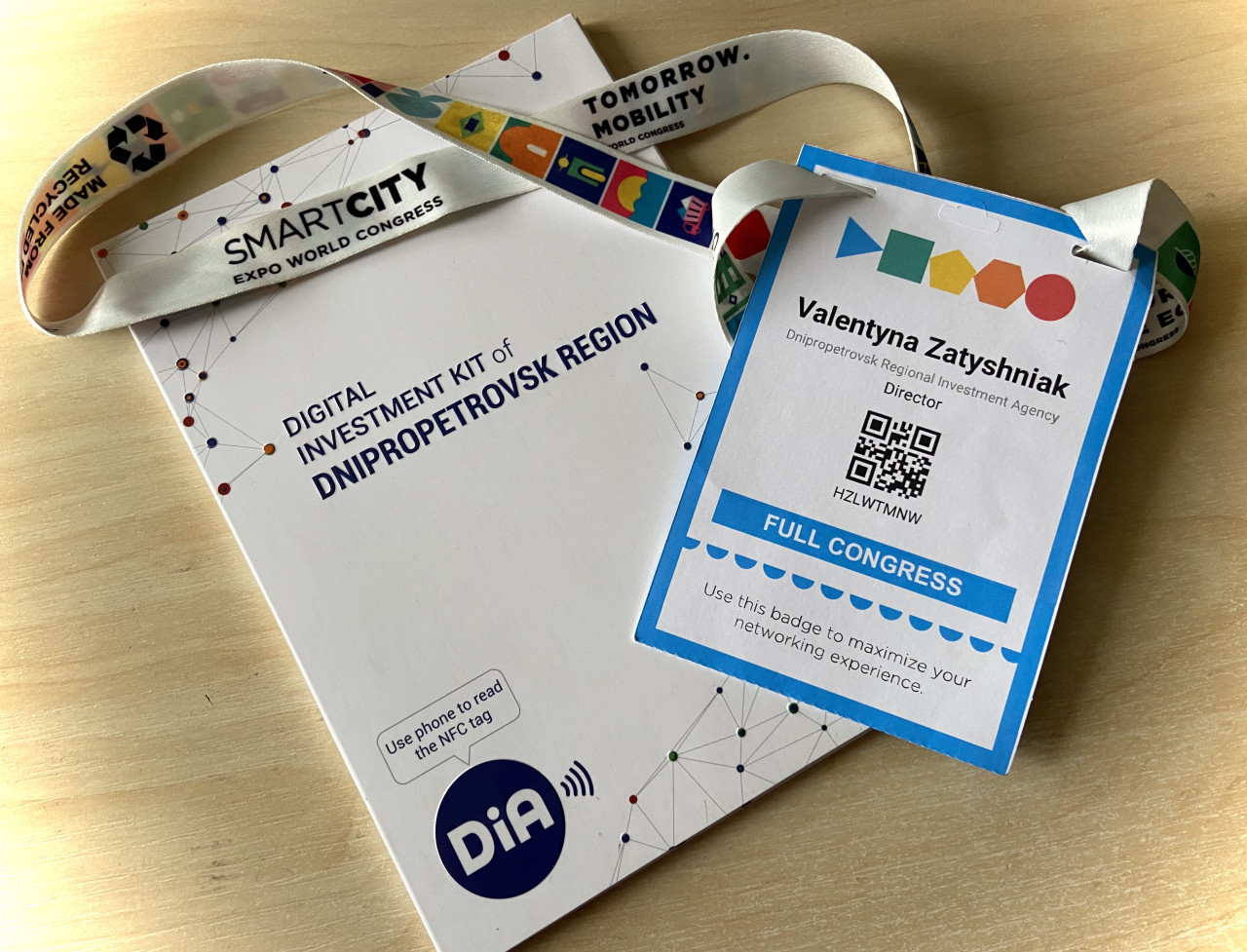Doing business

From November 5 to 7, the Smart City Expo World Congress (SCEWC), the world’s largest and most influential event dedicated to the development of modern urban space and innovation, took place in Barcelona, Spain.
At the invitation of the Ministry of Industry and Trade of the Czech Republic, representatives of the Dnipropetrovsk Regional Investment Agency (DIA), headed by its Director Valentyna Zatyshniak, took part in the Congress. DIA is an associate partner of the international project PilotInnCities of the Interreg Danube Programme. The project focuses on the development of agile piloting of innovations.
Under the slogan “Live Better”, representatives from 850 cities around the world gathered to showcase and share the latest projects and initiatives. The conference programme featured 632 speakers and 1150 exhibitors.
As part of the event, the Ukrainian delegation had a working meeting with David Müller, Director General of the Department of European Union and Foreign Trade of the Ministry of Industry and Trade of the Czech Republic, during which the interests and needs of Ukraine’s regions were presented.
“The Export Strategy of the Czech Republic for 2023-2033 focuses on innovation, cross-sectoral areas reflecting major global megatrends, combining Czech capabilities into a comprehensive offer and, last but not least, a modern marketing approach. We have prioritised Smart Cities because it is an area that unites the potential of the global market, a high level of innovation and added value, a large number of start-ups and SMEs that can become future champions in this field, and it is a relevant need for society,’ said David Müller”.

Valentyna Zatyshniak presented the Investment Guide of the Dnipropetrovsk Region, highlighting the rebuilding projects. “Participation in strategic events such as SCEWC opens up new opportunities for establishing important connections and implementing projects. The presence of cities and companies working together is invaluable, as the mutual exchange of best practices allows us to draw inspiration from the international environment to develop our local ecosystems. I express my sincere gratitude for the opportunity to join and support in building a successful future,’ said the director of the agency.

The Czech Republic made its debut at this year’s event due to the joint institutional support of the Ministries of Industry and Trade, Local Development, Transport and Environment and CzechTrade, as well as the three major cities of Prague, Brno and Plzeň, which are considered to be the driving force of the Smart Cities theme.
The Czech pavilion won the Green Exhibitor Awards with its unique concept of using Czech pressed tetra-package beverage packaging from Packwall and recycled plastic plates from Plastic Guys. Complemented by the Foamy round sofa, created by converting kitchen waste into stackable pellets, and promotional products in the form of soap made from coffee grounds collected at the national exposition at MSV in Brno. Among the variety of Czech solutions, two dominant themes stand out: the circular economy and mobility.
The diversification of projects on the world’s countries is as follows:
European countries. The projects focus on innovations in sustainable development, solar energy, water management, and technology integration to improve urban infrastructure, environmental and energy-efficient solutions such as smart grid, mobility, transport automation and infrastructure digitalisation, waste management solutions, and natural resource conservation.
The Scandinavian countries are known for their sustainable urban solutions, renewable energy, green buildings, water treatment and ecological urban planning. For example, Copenhagen presents innovations in environmentally friendly mobility, and Stockholm presents projects for sustainable resource management.
Asian countries
The United States and Latin America are developing projects that focus on smart transport systems, mobility as a service (MaaS), renewable energy, and the introduction of AI to manage traffic and urban processes. The concept of smart neighbourhoods and the development of technologies to improve the health and safety of citizens are often considered. The emphasis is on projects to reduce pollution, improve public services, solve water supply problems, and waste management.
Middle East and Africa
When talking about urban innovation, the Smart City Expo World Congress is a concept that finds a worldwide appeal. As a leader in this field, this year’s event hosted business leaders from multinational giants, representatives of national, regional and municipal governments, as well as researchers, innovative start-ups and representatives of the non-profit sector. SCEWC is now in its thirteenth year and covers strategic topics that will have an impact on the prosperity and quality of life of a large part of the world’s population in upcoming decades.